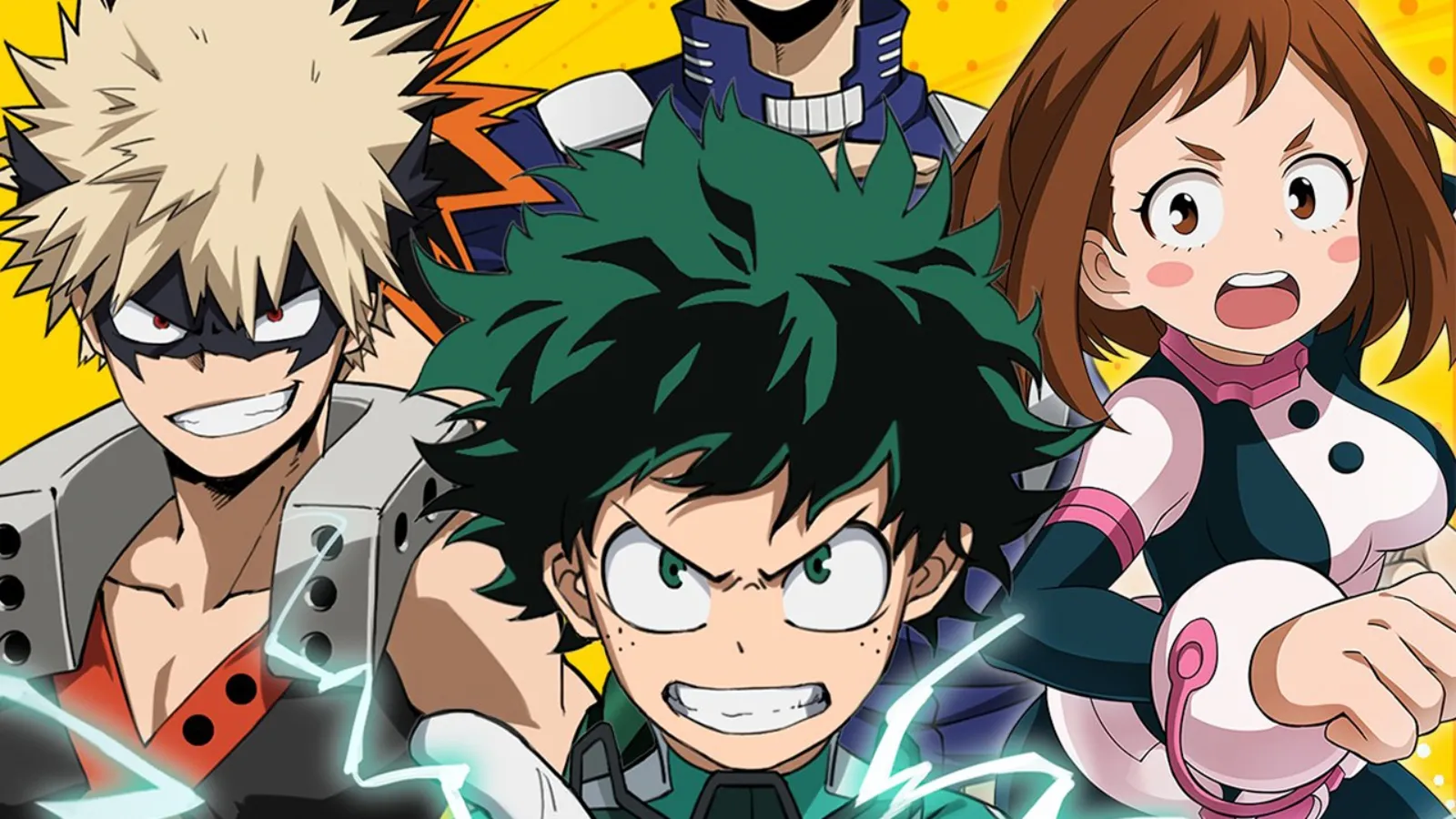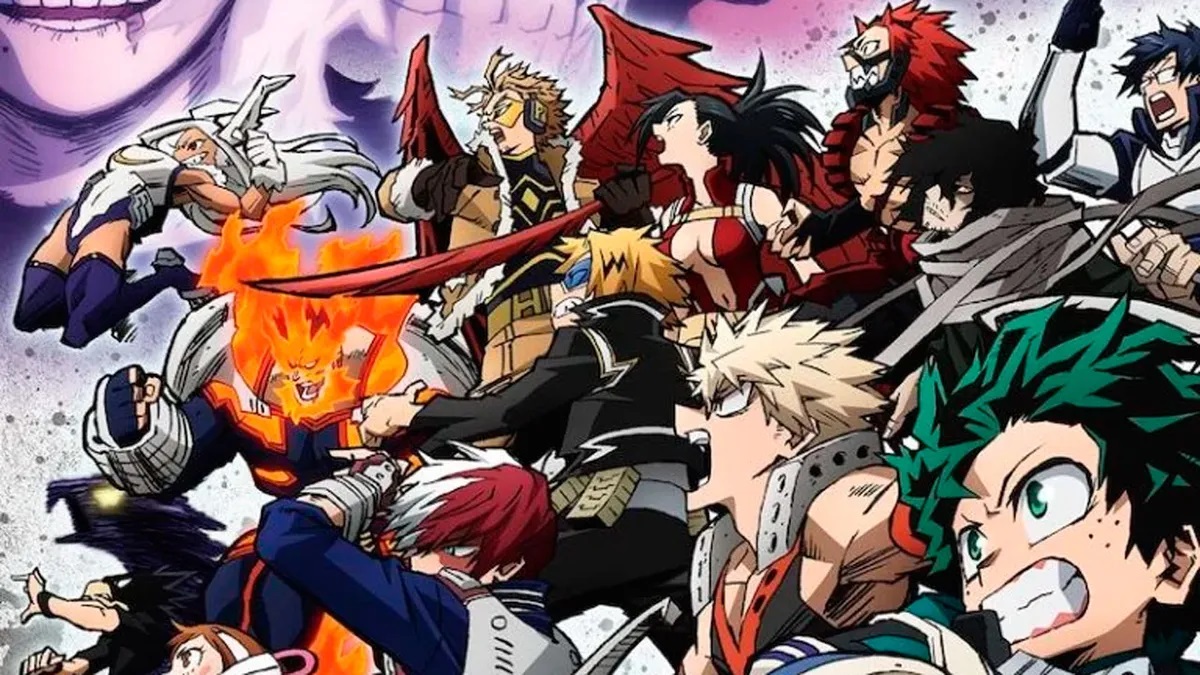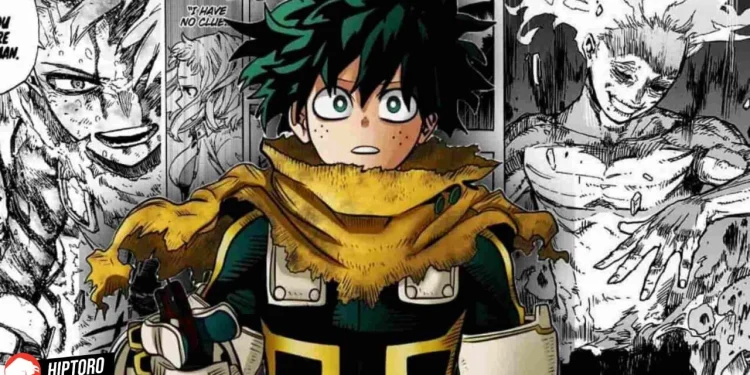Netflix’s foray into adapting the widely acclaimed My Hero Academia into a live-action series is not just a creative venture but a strategic move to capitalize on opportunities missed in the original anime. The shōnen anime, celebrated for its compelling narrative and well-crafted characters, has set a high bar.
Yet, Netflix’s adaptation stands poised to traverse uncharted territories, potentially rectifying aspects like the timeline progression that the original series overlooked.
The genius behind the series, Kohei Horikoshi, crafted a manga and anime that, despite their acclaim, bore imperfections. One noticeable aspect is the need for heightened stakes and lasting consequences for its characters.
Even more critical is the series’ timeline management, particularly evident in the anime’s sixth season, covering the Paranormal Liberation War and the Dark Hero arcs. The original series, currently available on platforms like Crunchyroll and Hulu, sets a foundation ripe for innovative storytelling.

Revitalizing Story Arcs: The Case for a Time Jump in My Hero Academia Season 6
Season 6 of My Hero Academia is among the anime’s most gripping. However, it faced narrative constraints, particularly the absence of a time jump during its intense phases. This period, exploring Deku’s post-war trauma and rapid succession of events, lacked the necessary narrative space to delve deeper into the characters’ development and societal impact of the war.
A strategic time jump could have infused the needed depth, allowing the characters and the story to evolve more organically. This approach would have not only enriched Deku’s journey but also provided a realistic progression to the story arcs, setting an emotional tone for significant reunions and transitions.

Netflix’s Opportunity: Transforming the Anime’s Storytelling Fabric
Netflix’s live-action project has the unique chance to implement this crucial time jump, an aspect the anime adaptation missed. By spacing out the events between the Paranormal Liberation War and the Final War arcs, Netflix can offer a narrative breadth that the original anime could not.
This change, though a deviation from the source material, has the potential to enrich the storytelling, following in the footsteps of successful anime like Naruto and One Piece, which effectively utilized time jumps to their advantage.
🎉🎊🎂 January 18th in Japan 🎂🎊🎉
🎉🎊🎂 Happy Birthday to Toya Todoroki / Dabi! 🎂🎊🎉#MyHeroAcademia #MHA #MHABirthday pic.twitter.com/uQKMWSASPX
— Izuku Midoriya (@Call_me_Deku) January 17, 2024
The platform’s release model, characterized by extended intervals between projects, further supports this narrative strategy. By incorporating a time jump, Netflix can smoothly navigate the aging of its cast, a practical aspect that adds authenticity to the storyline.
This strategy, reminiscent of how Stranger Things managed its young cast’s natural aging, can also address the inevitable temporal discrepancies in the live-action adaptation.

My Hero Academia: Redefining Live-Action Anime Adaptations for a New Era
As Netflix embarks on this ambitious adaptation, it stands on the brink of setting a new standard in the realm of anime-to-live-action adaptations. By judiciously altering the source material, the streaming giant can offer a renewed perspective to My Hero Academia, enhancing the narrative and setting a precedent for future adaptations.
In conclusion, Netflix’s live-action version of My Hero Academia presents an exciting prospect. It’s not merely an adaptation but an opportunity to expand and deepen the original anime’s narrative scope.
By embracing changes like the time jump, Netflix can address the original series’ limitations, offering fans a refreshed and possibly more impactful version of a beloved story. This project could very well mark a turning point in how live-action adaptations are perceived, showing how thoughtful alterations can respect and elevate the source material.










